Grona heterophyllum (Willd.) H.Ohashi & K.Ohashi
| Etymology | Genus | - |
|---|---|---|
| Species | Varying leaf; referring to the various sizes of the leaflets | |
| Family | Fabaceae | |
| Synonyms | Desmodium heterophyllum (Willd.) DC., Hedysarum heterophyllum Willd. | |
| Common Names | Greater Clover-leafed Desmodium, Spanish Clover | |
| Status | Native: Least Concern | |
| Form | Herbaceous and sometimes woody creeper | |
| Native Distribution | China, Taiwan, India, Nepal, Sri Lanka, Indochina, and Malesia | |
Diagnostics:
A very common species in lawns and scrublands. Their trifoliate leaves bear a close resemblance to another very common relative, Grona triflorum, but most of the leaflets are much larger, more elongated, and stiffer than the latter species.
Interesting Facts:
The Spanish Clover is said to grow in a wide range of soil conditions; from sands to clays (Globinmed, 2010). This, together with its prostrate form, makes it a very successful weed on our frequently mowed lawns.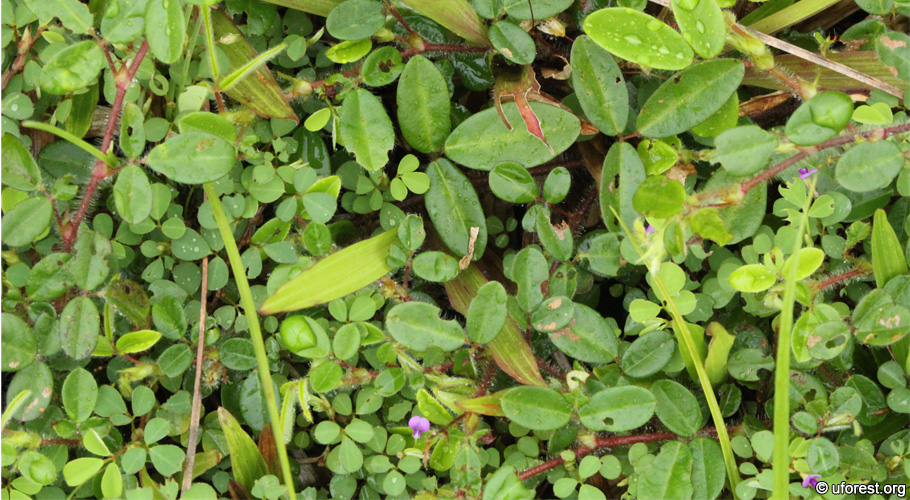
A comparison of Desmodium heterophyllum and D. triflorum, as well as the varying leaflet sizes of the D. heterophyllum.
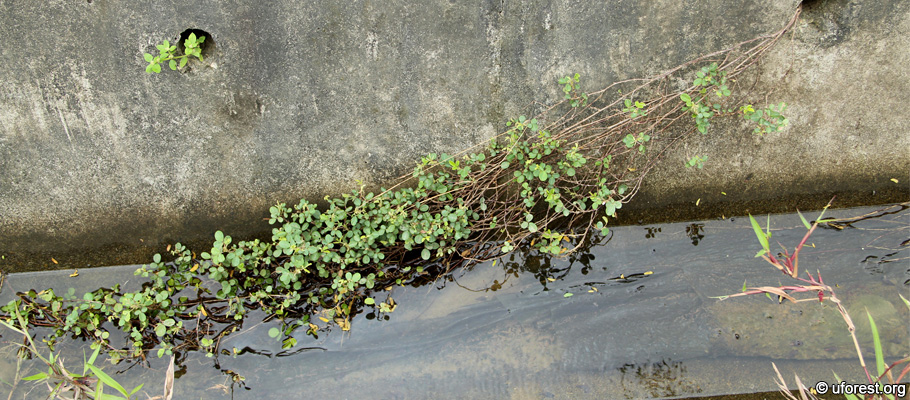
The Spanish Clover can grow well in marshy habitats, like in a drain in this case. Note that the stem is woody.
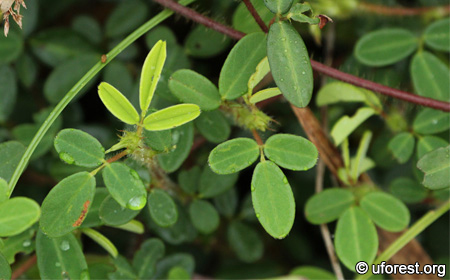
The young leaves are folded along the mid-vein.
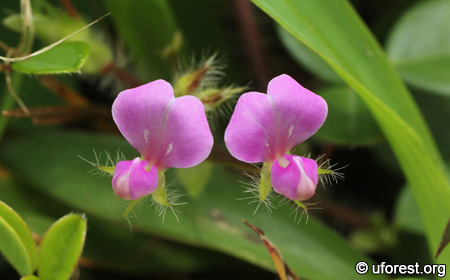
Supermacro shot of the flowers of Desmodium heterophyllum.
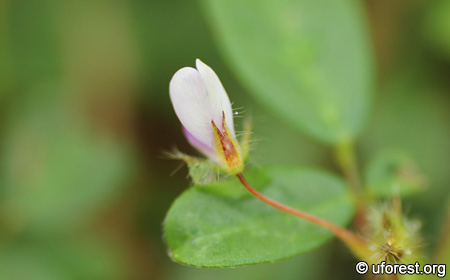
The back of the petal is white in colour.
References
Globinmed. (2010) Desmodium heterophyllum (Willd.) DC. Global Information Hub on Integrated Science, Institute of Medical Research, Ministry of Health, Malaysia. http://www.globinmed.com. Accessed on 3-Jan-2013.Author: Siyang
Posted: 2013-01-03 / Modified: 2025-10-28
Google Ads